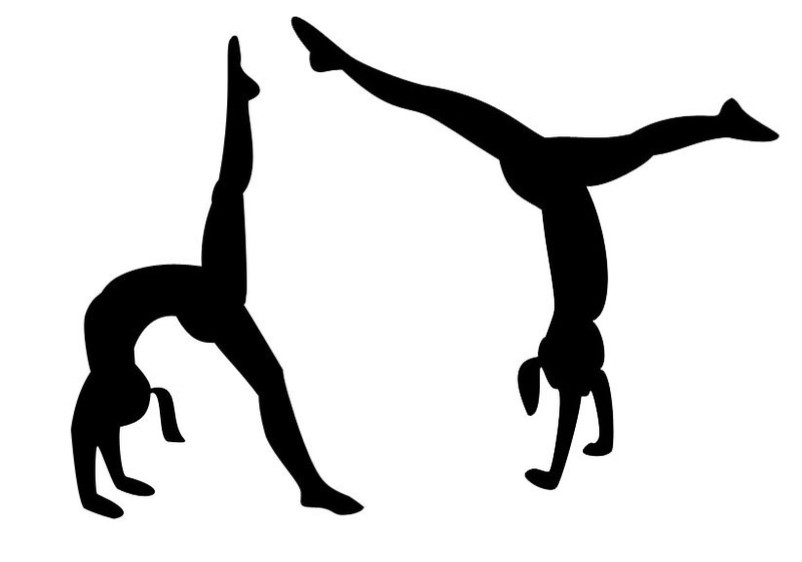
I am often asked about how type relates to leadership, and it is usually in the form of asking which types make the best leaders. When looking at this topic, many people gravitate towards believing that TJs are “leader types” because these two letters contribute objective, decision making skills to the type. Those are certainly valuable skills, and it is true that many TJs, especially ETJs, tend to show a natural tendency towards leadership. That being said, all types are capable of being leaders, and there are great leaders out there of every type.
When looking at type and leadership from this perspective, we are examining not whether an individual is capable of leading but what style of leadership he or she is likely to demonstrate. Here are some tips on ways each preference contributes to leadership. This is far from an exhaustive list.
- Extraverted leaders will often be open to processing out loud with their team members, and they are typically seen as active with the team.
- Introverted leaders often want to process alone, or with a small number of individuals, before introducing issues to the larger group, and they are often seen as reflective.
- Sensing leaders generally want to lead others to perform tasks in the prescribed or traditional way. They tend to value details and structure and perfecting existing processes. They strive to create consistency.
- Intuitive leaders generally look at the big picture and the future possibilities for the team and work. They tend to value innovation and creative ways to approach problems and projects.
- Thinking leaders want to lead their team in a way that is fair, logical, and objective. They want to get the job done right and keep matters concise and straightforward.
- Feeling leaders want to lead their team in a way that creates productivity through a harmonious and pleasant work environment. They will typically do their best to make decisions that work for the largest possible number of people in the group.
- Judging leaders tend to direct the team with the end result in mind and guide the team steadily towards completing goals.
- Perceiving leaders are often process oriented and allow some flexibility for work and projects to take their own path to completion.
I have added sections to the 16 type descriptions on how each type may function as a leader. As you read these descriptions, make note of how the preferences listed above are strengthened or toned down, depending on which preferences round out the rest of type. Type is a synergy of the 4 preferences from which it is made, rather than a simple matter of adding 4 preferences together.
There have been many books written about the MBTI® and leadership. Introduction to Type and Leadership by Sharon Lebovitz Richmond is a great booklet on this topic, and it was a great resource for me in writing the type descriptions in this category. If you are looking for activities on leadership, or any other activities for groups, I HIGHLY suggest The MBTI® Practitioner’s Field Guide by Linda Kirby and Nancy Barger. This book has activities for leadership, communication, dealing with conflict, and many other topics. I have successfully used all of the activities in the book with groups (students, faculty, and staff), and I have had great results. It is a must have for doing MBTI® outreach.
If you have thoughts on leadership and type, I would love to hear them!







Linda and I want to say that E leaders are .. actively involved with their team…tend to give more infor, think out loud .
I leaders have one or two “go to” people, are more focused and may mull issues over.
Thank you for your insights, Nancy and Linda. After some reflection on your comments and my original post, I have updated the E and I descriptions.